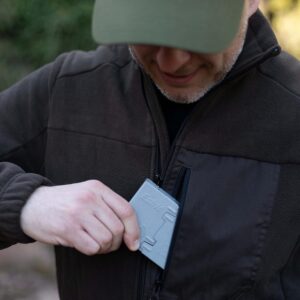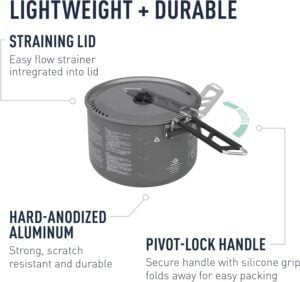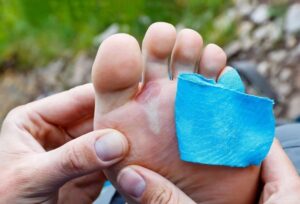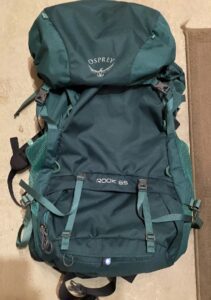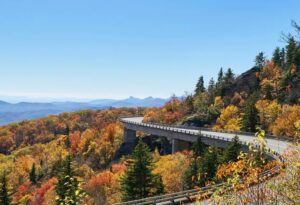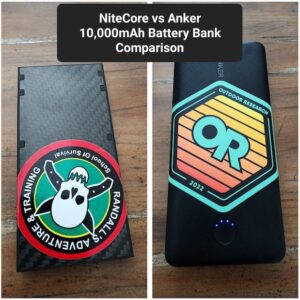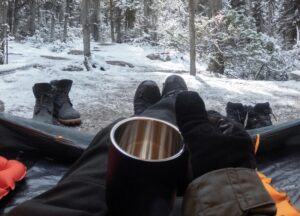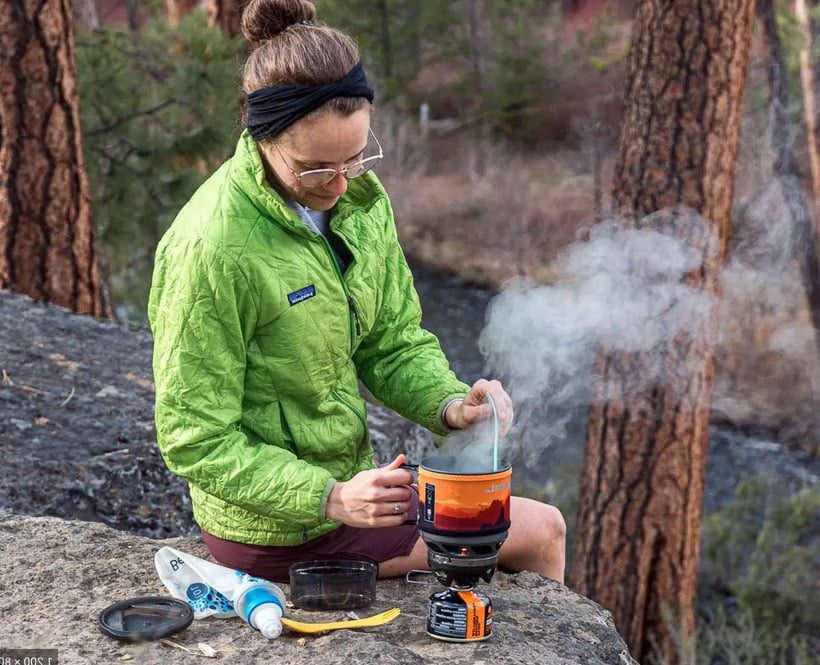
For backpackers, a reliable stove is one of the most important pieces of gear to bring on any camping trip. But with so many backpacking stove options out there, it can be tricky to determine which model is the best choice for your needs. This detailed guide will walk you through the key factors to consider when shopping for a backpacking stove. We’ll compare the pros and cons of different stove types, fuel options, key features, and important specs so you can find your perfect match. Read on to become a backpacking stove expert!
Types of Backpacking Stoves
Backpacking stoves fall into three main categories based on their fuel source and design: canister stoves, liquid fuel stoves, and alternative fuel stoves. Within each category there are a few sub-types too. Here’s an overview of the characteristics of each type of stove.
Canister Stoves
Canister stoves connect to self-sealing fuel canisters that contain a mixture of isobutane and propane under pressure. They are easy to use, reliable, and low-maintenance.
Integrated Canister Systems
These all-in-one systems feature a burner that attaches directly to the fuel canister. A locking insulated pot, lid, and mug are also included. Popular models are the Jetboil Flash and MSR Reactor.
Pros
- Extremely fast boil times. Most models can boil a liter of water in 3-4 minutes.
- Simple to operate. Just turn on the fuel, ignite, and start heating.
- Built-in windscreens improve heating efficiency.
- Insulated pots retain heat well.
- Systems nest together into a compact package.
- Can often use interchangeable parts like pots and lids across brands.
Cons
- Heavy and bulky compared to other canister stove options. Weights range from 15-27 ounces.
- Tall, tip-prone design makes them more likely to get knocked over.
- Mainly designed for boiling water, not actual cooking and simmering.
Upright Canister Stoves
Small, lightweight stoves that directly connect to the fuel canister. Most models fold up into a very compact size. Popular picks are the MSR PocketRocket 2, Snow Peak LiteMax Titanium, and Primus OmniLite Ti.
Pros
- Ultralight and packable – weights range from 2.6 ounces up to 5 ounces.
- Reliable cold-weather performance down to freezing.
- Excellent heat control; most models can simmer well.
- Boil times averaging 3.5 – 5 minutes for a liter of water.
- Compact folded size of 2×2″ to 4×2″.
- Affordable price points around $35-$75.
Cons
- Smaller pot supports can make bigger pots more prone to instability.
- Lack of wind protection means exposure to wind decreases performance.
- Canister mounted design restricts how close windscreen can be placed.
Remote Canister Stoves
Feature a flexible fuel line that connects the stove burner to a separate canister that can be placed away from the heat source. This gives more flexibility in pot supports. Popular picks are MSR Windburner, Primus OmniFuel II, and Jetboil MiniMo.
Pros
- More stable platform for larger pots up to 1.5 liters.
- Canister can be inverted in colder weather to improve fuel flow.
- Integrated or compatible windscreens/heat exchangers increase efficiency.
Cons
- Slightly heavier than upright canister stoves at 7-15 ounce range.
- Bulkier packed size around 5×5″.
- Average boil times of 4-5 minutes for a liter.
Liquid Fuel Stoves
Liquid fuel stoves connect to refillable fuel bottles and burn distilled fuels like white gas, kerosene, diesel, or gasoline. They require some maintenance but are versatile.
Pros
- Run on multiple fuel types: white gas, kerosene, auto gas, diesel, jet fuel.
- Easy to monitor the fuel level in the transparent fuel bottle.
- Perform well in cold weather down to -20°F/-30°C.
- Generous pot supports accommodate larger pots and pans.
- Parts like fuel lines and o-rings are replaceable.
Cons
- Require priming and regular maintenance like fuel line cleaning.
- Potential for fuel spills from bottles and priming.
- Heavier weights ranging from 9 oz for a basic model up to 32 oz for a full-featured expedition stove.
- More parts to lose or damage.
Top picks are the MSR WhisperLite Universal, MSR XGK-EX, Primus OmniFuel, and Optimus Nova+.
Key Specs:
- Boil times: 2-6 minutes for 1 liter of water.
- Burn time: Up to 1.5 hours on one filling.
- Temp range: Down to -20°F/-30°C.
- Weight: 9-32 oz.
| Stove Type | Pros | Cons |
|---|---|---|
| Integrated Canister | Fast boil times Built-in windscreen Compact packed size | Heavy Tip-prone Mainly boiling water |
| Upright Canister | Ultralight Simmer ability Packable | Small pot supports No wind protection |
| Remote Canister | Stable for big pots Invert canister | Slightly heavier |
Alternative Fuel Stoves
These stoves rely on renewable fuel sources and appeal most to ultralight backpackers focused on low weight over maximum performance. Types include:
Wood Burning Stoves
Use twigs, leaves, pinecones and other biomass as fuel. Do not require carrying any fuel canisters or bottles. Popular models are the Solo Stove, Bushbuddy Ultra and Emberlit Stainless Steel.
Pros
- No need to carry fuel – use biomass collected on site.
- Models like Solo Stove burn wood very efficiently.
- Ultralight options weigh as little as 2.2 ounces.
- Can charge devices via USB with some models.
Cons
- Finding dry wood can be difficult in wet conditions.
- Slow boil times averaging 10-15 minutes for 1 liter.
- Generally not allowed in heavily restricted areas.
- Regular cleaning needed to remove soot buildup.
Alcohol Stoves
Burn denatured alcohol carried in a small lightweight bottle. Popular choices are the Trangia Spirit Burner, Vargo Hexagon Backpacking Stove and Optimus Crux Lite with alcohol burner.
Pros
- Lightweight – stoves weigh under 1 ounce.
- Inexpensive alcohol fuel.
- Easy to extinguish and save unused fuel.
Cons
- Very slow boil times of 8-12+ minutes per liter.
- Alcohol doesn’t produce as much heat output as canister fuels.
- Requires a windscreen for best efficiency.
Solid Fuel Tablet Stoves
Use wax-like fuel tablets that burn for up to 15 minutes each. Top options are the Esbit Pocket Stove and Snow Peak GigaPower Auto Stove.
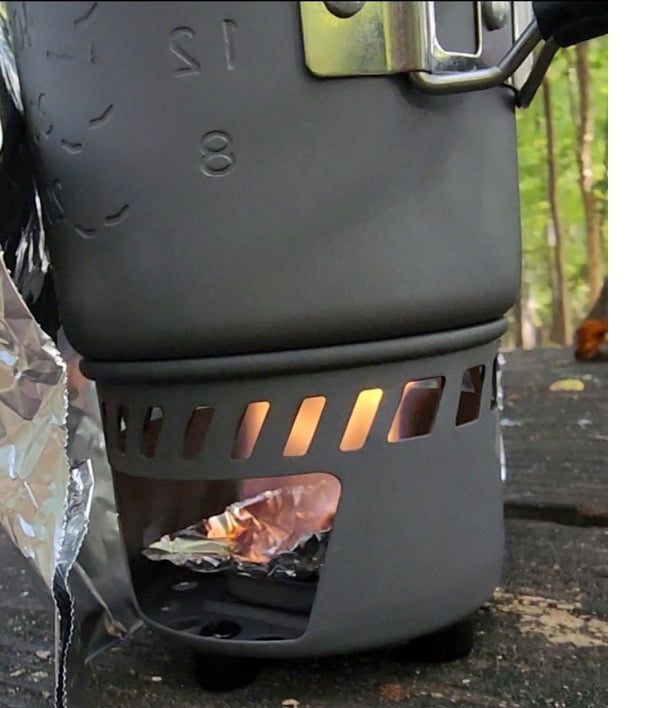
Pros
- Lightweight stoves under 4 ounces.
- Compact size – tablet stoves can fit in pockets.
- Fuel tablets are inexpensive and easy to pack.
Cons
- Very slow boil times similar to alcohol stoves.
- Fuel tablets have a distinct smell when burning.
- Residue can build up on pots.
Key Features and Specifications
Once you’ve decided on a general stove type, consider the following features and specs to choose the best model for your needs:
Weight: Important for ultralight backpackers. Canister stoves range from 2-16 oz. Liquid fuel models are 9-32 oz.
Packed size: Look at the folded or stowed size. Important if you’ll be strapping it to the outside of your pack.
Boil time: Faster is better. Canister stoves boil 0.5-2.5 liters in 3-8 minutes. Liquid fuel models are 2-6 minutes.
Simmer ability: Important for gourmet cooking. Remote canister, upright canister, and liquid fuel stoves generally offer the best simmer control.
Wind resistance: Models with heat exchangers or windscreens perform better in wind.
Elevation performance: Regulated canister stoves and liquid fuel models handle higher elevations the best.
Pot supports: Go for larger, sturdier supports if you’ll use bigger pots.
Ignition: Piezo igniters are convenient but always pack stormproof matches as backup.
Fuel efficiency: Look at total boil times for a set amount of water per ounce of fuel consumed.
Usage Tips for Different Stove Types
Get the most out of your backpacking stove and stay safe with these usage tips:
All Stoves
- Never use inside tents or enclosed spaces due to risk of carbon monoxide poisoning.
- Bring a small repair kit with tools, extra o-rings, steel wool, and spare parts unique to your stove model.
- Use on the most stable, level surface possible. Use a footprint or small platform if needed.
- Angle the stove toward you so you can see the controls while cooking.
- Store fuel bottles/canisters properly between trips – inverted and emptied for liquid fuel, outdoor storage for canisters.
Canister Stoves
- Cold weather: Keep canister warm in sleeping bag or jacket. Store canisters upside down overnight. Invert remote canister models during operation.
- High elevation: Use a regulated stove or one with a heat exchanger. Bring extra fuel.
- Recycling: Check locally if empty canisters can be recycled as hazardous materials. Never try to refill disposable canisters – this poses an explosion risk.
- Stability: Use potential stabilizers on base models. For remote canisters, ensure the line has slack and don’t pull on it.
Liquid Fuel Stoves
- Leave air space when filling fuel bottle – fuel expands when heated.
- Use a windscreen for better efficiency.
- Consider a heat exchanger for quicker boiling.
- Don’t spill fuel on skin – can cause frostbite.
- Flush the fuel line regularly to prevent clogs, about once every dozen uses or if performance seems reduced.
- Always clean the fuel jet/orifice before trips. Clogs here severely impact performance.
Wood Burning Stoves
- Gather twigs and wood early in trip before it rains. Process wood to maximize dryness.
- Let the stove fully cool after cooking before packing it – residual embers can be a hazard.
- Bring a small hatchet or saw to gather wood.
- Carry an emergency fire starter cube as backup.
- Scrub the burner occasionally to prevent soot buildup.
| Feature | Canister Stoves | Liquid Fuel Stoves |
|---|---|---|
| Weight | 2-16 oz | 9-32 oz |
| Boil Time | 3-8 mins per liter | 2-6 mins per liter |
| Simmer Ability | Moderate-good | Good |
| Elevation Performance | Moderate | Excellent |
| Cold Weather Ability | Moderate | Excellent |
The Best Stoves for Different Situations
Here are our top stove recommendations based on common camping scenarios:
Ultralight Backpacking
BRS 3000T – titanium canister stove under 1 ounce.
Optimus Crux Lite – remote canister stove great for bigger pots.
Vargo Hexagon Backpacking Wood Stove – ultralight wood burner option.
Group Camping
MSR DragonFly – adjustable liquid fuel stove can handle large pots.
Partner Steel – large integrated canister stove good for 4+ people.
Camp Chef Everest – high-powered remote canister stove.
International Travel
MSR WhisperLite Universal – multi-fuel liquid stove can burn many types of fuel.
Primus OmniFuel – liquid fuel stove runs on gasoline, diesel, kerosene, jet fuel.
Optimus Nova+ – multi-fuel remote canister stove popular in Europe.
Cold Weather Trips
MSR XGK-EX – liquid fuel stove with high heat output even in frigid conditions.
Soto Windmaster – canister stove with pressurized burner fights cold temps.
Primus PrimeTech – inverted canister design improves cold weather performance.
Liquid fuel stoves in general perform better than canister models in cold and high winds.
Emergency Preparedness
Mountain Safety Research Reactor – integrated canister stove boils water quickly.
Solo Stove Lite – wood burning stove functions without fuel canisters.
Esbit Ultralight Folding Stove – compact solid fuel tablet stove.
Final Thoughts
Choosing the right backpacking stove depends on many factors like intended use, group size, types of trips, weather, and fuel availability. This comprehensive guide covered the pros and cons of different stove types, key features and specifications to look for, usage tips, and specific recommendations based on common scenarios. We hope these insights help you find your perfect backpacking stove companion! Let us know if you have any other questions. Happy trails!
